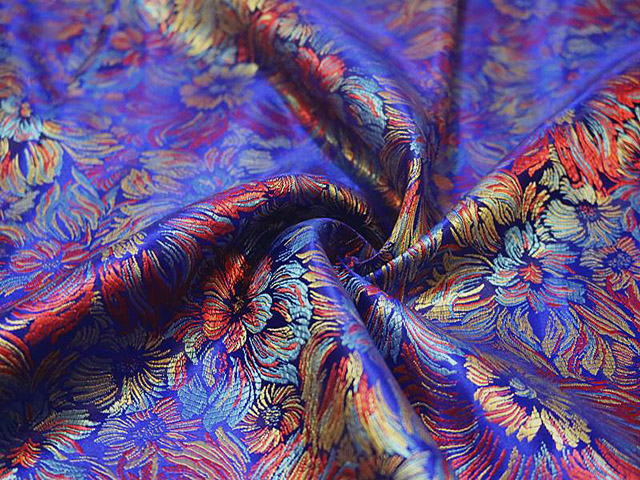Silk is a luxurious fabric with a rich history that spans thousands of years. It is particularly associated with China, where the art of silk production, also known as sericulture, is said to have originated. In this blog post, we will explore the history of Chinese silk, from its early beginnings to its current state in the global market. We will also discuss the impact of Chinese silk on trade, culture, and society, both in China and around the world.
Early History of Chinese Silk
The origins of silk production in China are shrouded in legend, but it is widely believed that sericulture was discovered by the wife of the Yellow Emperor, a legendary figure in ancient Chinese history. According to one version of the story, the empress was sipping tea in her garden when a cocoon fell into her cup. As she pulled the cocoon out, she noticed that it was made of a fine, lustrous thread. Intrigued, she began to experiment with spinning and weaving the thread, and thus the art of silk production was born.
In reality, silk production in China likely began much earlier, and it is believed that the Chinese were cultivating silkworms and producing silk as early as the Neolithic period. Silk production gradually spread throughout China, and by the Warring States period (475-221 BCE), it had become a major industry.
Silk in Ancient China
In ancient China, silk was a highly prized commodity, and it played a significant role in trade and commerce. Silk was used to make a wide variety of products, including clothing, textiles, and decorations. It was also used as a form of currency, with silk being traded for goods and services.
Silk was also deeply ingrained in Chinese culture and art. It was used in religious ceremonies, and it was an important symbol of wealth and status. In particular, it was associated with the imperial court, and it was a privilege to wear silk clothing.
Silk Road and the Spread of Chinese Silk
The Silk Road was a network of trade routes that connected China to the Mediterranean world. It was an important conduit for the spread of Chinese silk, which was highly valued in the Roman Empire and other parts of the ancient world. The Silk Road also had a significant impact on the Chinese silk industry, as it allowed for the exchange of ideas and technologies, and it exposed Chinese silk producers to new markets and customers.
As silk production in China expanded, it also spread to other parts of the world, such as India and the Middle East. However, the Chinese managed to keep the secret of silk production a closely guarded secret for centuries, and it was not until the Han Dynasty that the secret of silk production finally began to spread to other parts of the world, through the trading along the Silk Road.
Modern Chinese Silk Industry
Today, China remains the world’s largest producer and exporter of silk, and the Chinese silk industry continues to evolve and adapt to the changing global market. Advances in technology have made silk production more efficient and cost-effective, and China has also begun to focus on developing new products and markets, such as silk-based medical products and eco-friendly silk.
However, the Chinese silk industry also faces challenges, such as competition from synthetic fabrics, and rising labor costs. Additionally, the industry has been criticized for its environmental impact and poor working conditions. Despite these challenges, the Chinese silk industry is expected to continue to be an important part of the global economy.
Conclusion
The history of Chinese silk is a rich and fascinating story that spans thousands of years. From its early beginnings in ancient China, to its spread along the Silk Road, and its current state in the global market, Chinese silk has had a significant impact on trade, culture, and society.
Chinese silk production has been an important part of Chinese culture and economy for centuries, and it continues to be so today. The spread of Chinese silk along the Silk Road played a major role in connecting China to the rest of the world, and it continues to be an important symbol of Chinese culture and history.
Despite the challenges faced by the modern Chinese silk industry, it is still one of the most important silk producing countries in the world. The Chinese silk industry is constantly evolving and adapting to new technologies, markets and customers. The industry is expected to continue to grow and play an important role in the global economy.
In conclusion, the history of Chinese silk is a story of innovation, trade, and cultural exchange. It is a story that reflects the ingenuity, perseverance, and creativity of the Chinese people, and it is a story that will continue to be told for centuries to come.




